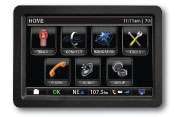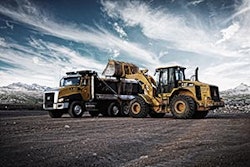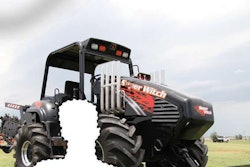Is a low-cost truck invasion on the horizon?
By Jack Roberts
The U.S. market should expect an avalanche of foreign and mid-size trucks, says Sandeep Kar, global director, commercial vehicle research for Frost & Sullivan.

Market forces, says Kar, have created an environment in which medium-duty and light-duty delivery fleets may be open to experimenting with low-cost foreign models. Those market forces are so strong that by 2016 he believes there will be 29 new manufacturers selling low-cost trucks. “To penetrate those markets successfully, U.S. manufacturers will have to go to market with their own low-cost trucks,” he says.
Kar defines a low-cost truck as a vehicle that sells for 20 to 25 percent less than a current, new low-cab-forward commercial vehicle. He notes that there are virtually no truck models available for sale in that price bandwidth in today’s U.S. market.
Moving into this market will not be easy for foreign manufacturers with unknown reputations for reliability. “The key will be not to build cheap trucks,” Kar says. “But rather to build good trucks cheaply.”
To that end, he notes, foreign manufacturers such as India’s Tata, will use North American suppliers such as Cummins, ZF and Hendrickson to build their trucks. “They will use their low-cost manufacturing capabilities combined with North American engineering expertise to create reliable, economical medium-duty commercial vehicles that will sell for $70,000 or $80,000,” he says. “These trucks will be much more basic than models today, with manual transmissions and smaller engines. And they probably won’t have a second (used) life.”
Wired Kenworth
Kenworth’s NavPlus – now available on Class 5 to 8 Kenworth models – offers navigation, communication and operational features to keep you fully connected on the road. The factory-installed, in-dash system is customized to truck and load specifications, offering information about optimized routes and height and weight limits – giving drivers the ability to steer clear of restricted roads and streets.

Beefed up 382
Peterbilt Motors has expanded the options for its Model 382 to take aim at several vocational markets, including construction. The 382 now has higher axle ratings, horsepower and torque configuration options, including:
• Cummins ISL9 engine
• Front axles rated up to 20,000 pounds
• Rear axles rates up to 46,000 pounds
• Frame rail options up to 11 5/8 inches
• Bendix ESP Stability system
• Hendrickson, Reyco and Chalmers rear suspension choices.
The model has a 50-degree wheel cut, allowing maneuverability in congested environments and tight loading conditions.












